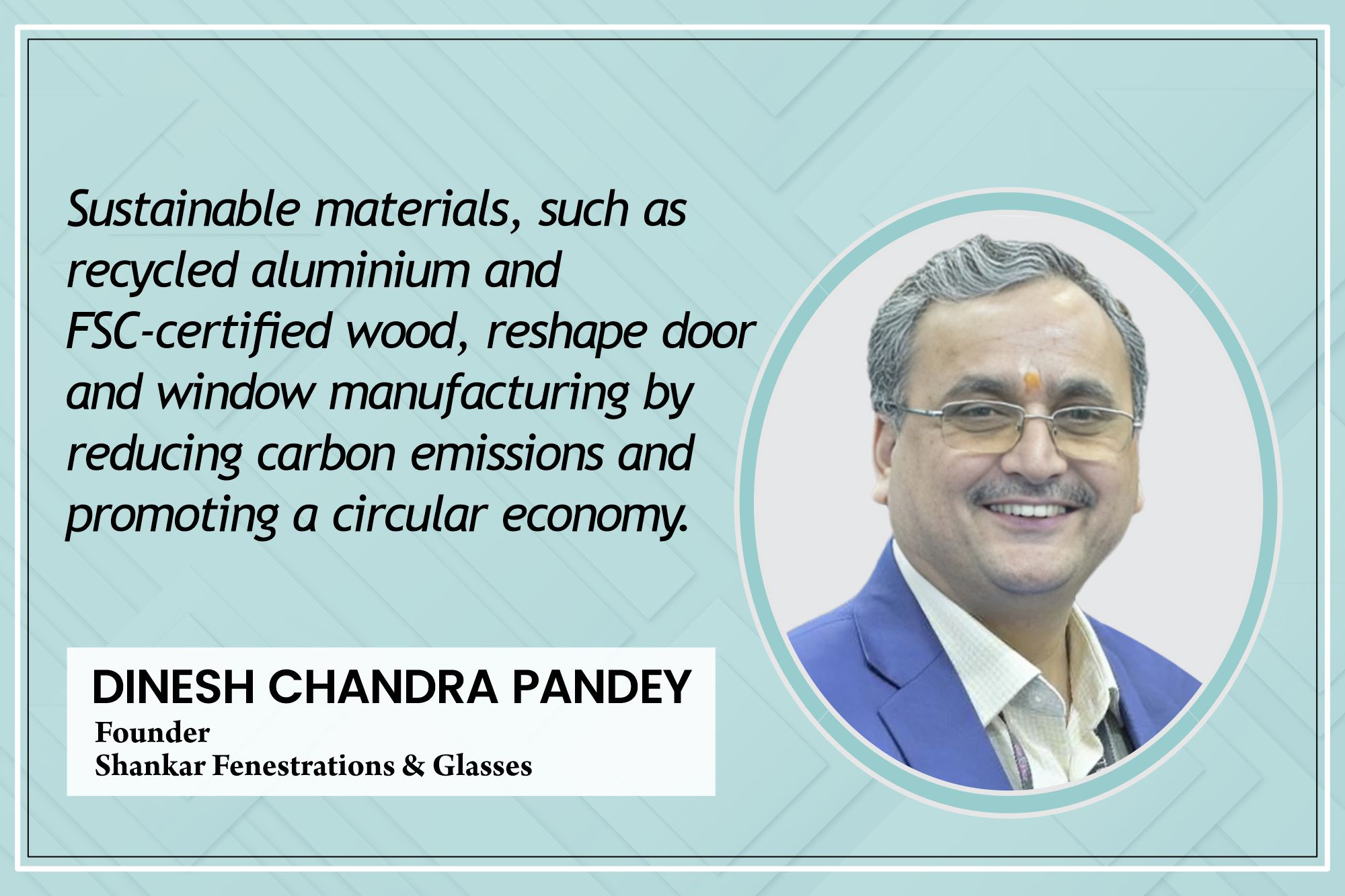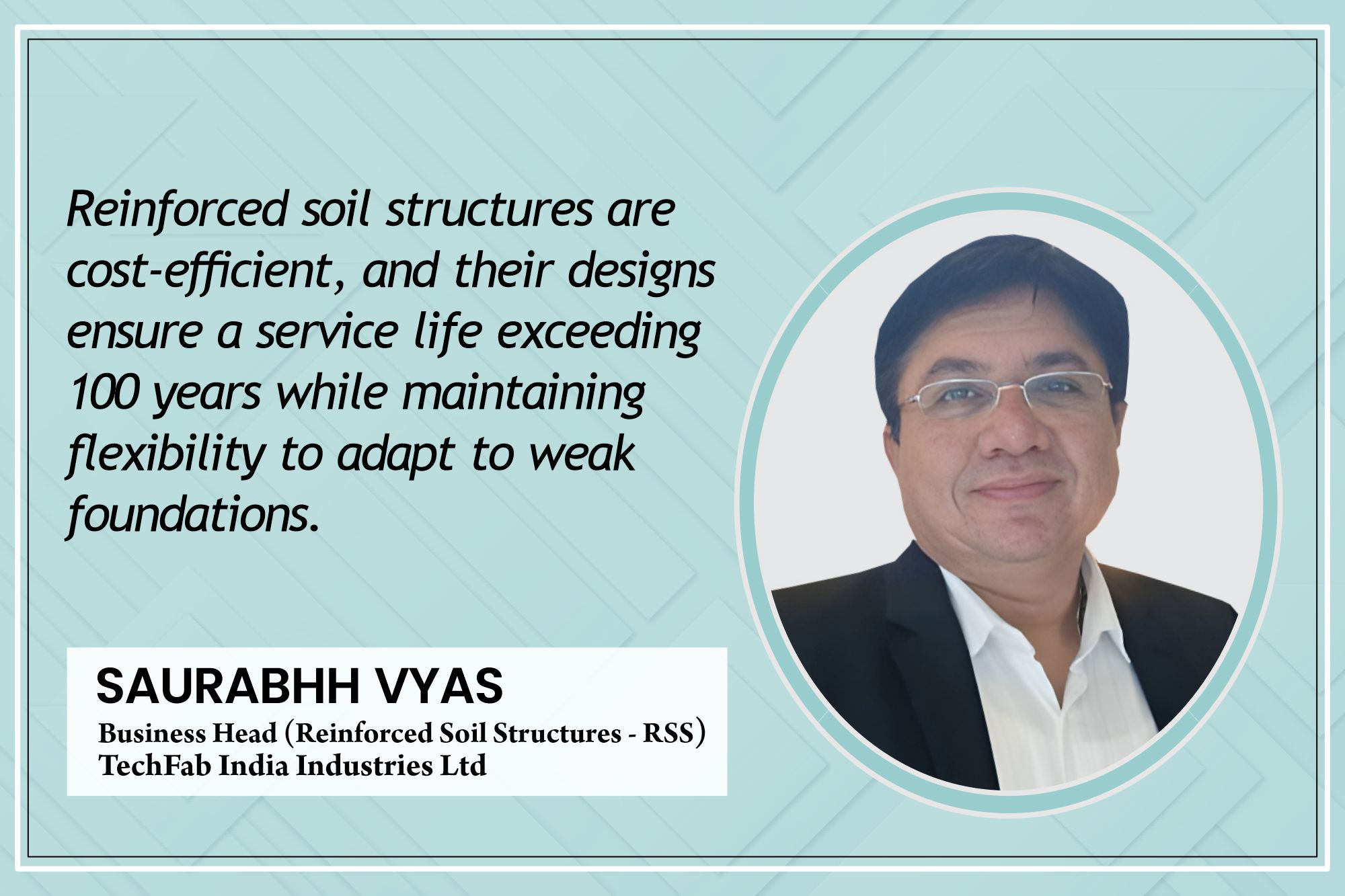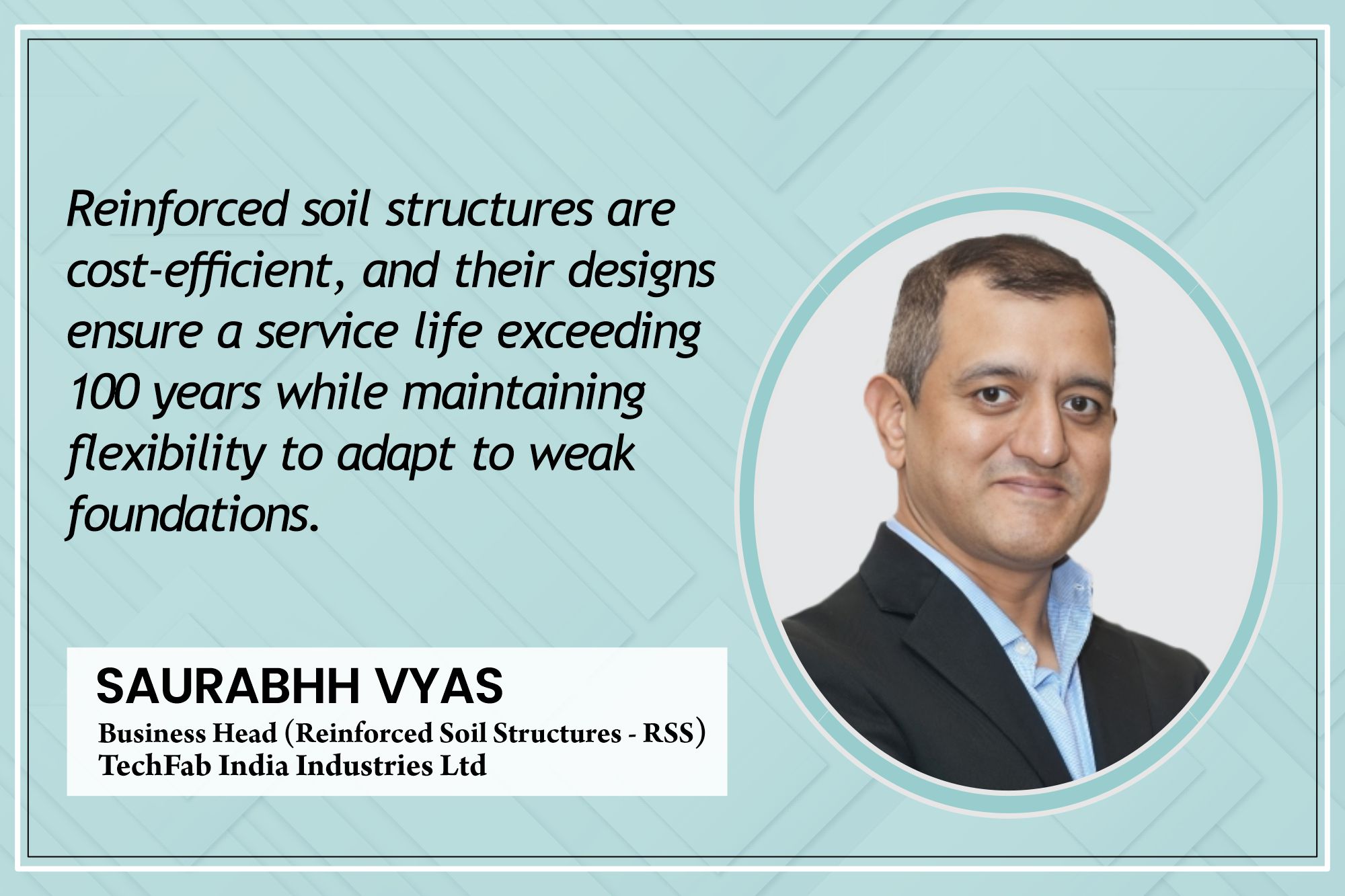PLI Scheme and RoDTEP will be game changers for the steel industry
By Edit Team | April 17, 2023 3:40 pm SHARE

The Indian steel industry has significantly impacted the country’s growth, particularly in infrastructure development. Despite the challenges posed by the COVID-19 pandemic, the industry’s outlook remains positive, which bodes well for the government’s target of achieving a $5 trillion economy by fiscal 2025.
With its widespread use across various sectors, the steel industry is a key driver of economic activity in India, contributing nearly 2 percent to the country’s GDP. According to the National Steel Policy 2017, the industry employs over 500,000 people directly and almost 2 million indirectly.
Infrastructure: The push factor
The nation is currently witnessing a transition towards an economical stronghold stimulated by the national infrastructure pipeline, which comprises key initiatives like ‘housing for all’, smart cities, ‘Bharatmala’, ‘Sagarmala’, ‘Udaan’ (airports), freight corridors, high-speed rail, metro rail, etc. These factors indicated a strong demand for steel at a CAGR of 7 to 7.5 percent from the current fiscal year until 2025. The share of building and infrastructure construction alone in overall steel consumption is currently pegged at 60 percent to 65 percent.
The PLI scheme has huge investment potential
In sync with the ‘Make in India’ policy to boost domestic manufacturing, the PLI scheme for manufacturing highgrade speciality steel will further provide impetus and benefit both major integrated steel manufacturers and downstream manufacturing MSMEs in the sector. This will bring India up to speed with advanced steelmaking nations like South Korea and Japan and help plug the gap in market demand by sourcing domestically while creating products for export. The PLI scheme has huge potential for further investment in the steel sector.
Inclusion of steel in RoDTEP
Currently, steel is outside the purview of the Remission of Duties and Taxes on Export Products (RoDTEP)’ scheme that offers refunds against various embedded taxes to exporters across sectors such as automobiles and agricultural products. Recently, India’s trade ministry has pursued extending an export promotion scheme to reimburse some local levies for domestic steel producers, which is a welcome step for the industry.
The steel industry is becoming a competitive market
To increase the competitiveness of the Indian steel industry, it will be important to focus on cost reduction across the supply chain, efficiency in logistics, and a reduction in financing costs. Digitisation and a strong emphasis on sustainability will further add value to the entire steel ecosystem. Every stakeholder’s interest needs to be addressed with a focus on higher productivity, higher quality, lower costs, better plant health, etc.
The Russia-Ukraine conflict has opened the doors to the European market for Indian steelmakers, but the imposition of the export duty is a deterrent factor. A revision of the export duty during the Budget 2023 will help the industry to tide away the inflationary pressure. This will be a welcome move because the industry players can tap the huge export potential.
Most of the demand for steel mill rolls in India is met through imports, with a 7.5 percent customs duty currently levied. This increases the cost of steel production and also affects its competitiveness in international markets. Moreover, a zero import duty on stainless steel scrap will greatly reduce the carbon footprint. The rationalisation of import duty on stainless steel flat products will be a step in the right direction towards ‘Atmanirbhar Bharat’ in stainless steel.

For more details visit: https://www.kamdhenulimited.com/
Cookie Consent
We use cookies to personalize your experience. By continuing to visit this website you agree to our Terms & Conditions, Privacy Policy and Cookie Policy.






































































